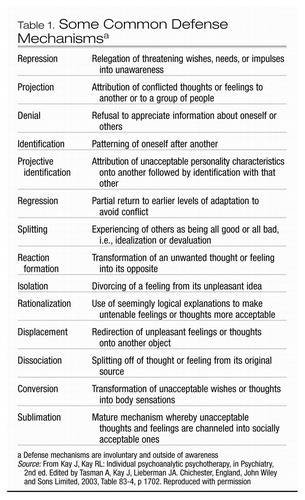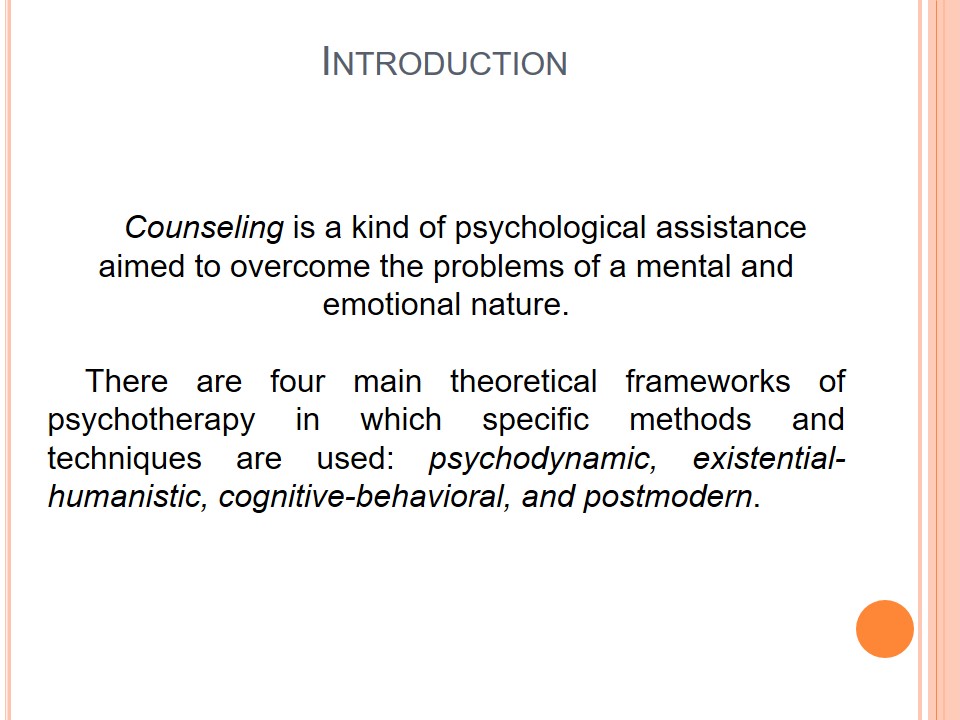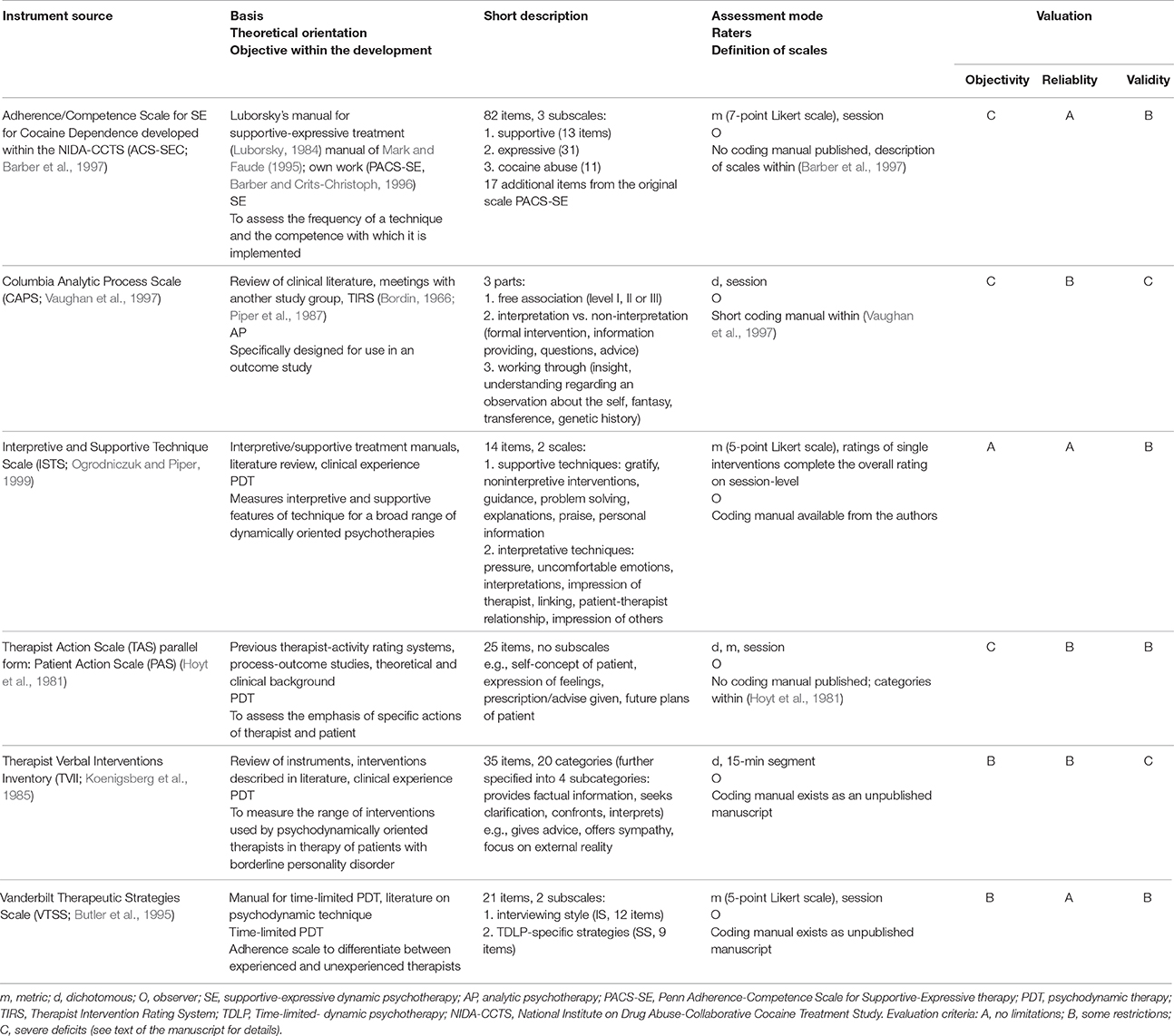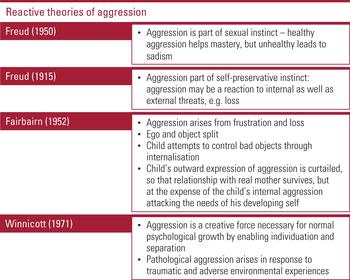Psychodynamic techniques refer to a range of therapeutic approaches that focus on helping individuals understand and resolve unconscious conflicts and feelings that may be causing them distress. These techniques are rooted in the theories of Sigmund Freud and other psychoanalysts, who believed that unconscious thoughts, feelings, and experiences play a significant role in shaping an individual's behavior and personality.
One of the main techniques used in psychodynamic therapy is free association, in which the patient is encouraged to speak freely and spontaneously about whatever comes to mind. This helps the therapist to understand the patient's unconscious thoughts and feelings, and to identify patterns and themes that may be contributing to their distress.
Another common technique is transference, in which the patient unconsciously transfers feelings and emotions from their past onto the therapist. This can help the therapist to understand the patient's relationship with important figures in their life, and to work through unresolved issues from the past.
Dream analysis is another important tool in psychodynamic therapy. Dreams are believed to be a way for the unconscious mind to express itself, and by analyzing the content and symbols in a patient's dreams, the therapist can gain insights into their unconscious conflicts and feelings.
Another key aspect of psychodynamic therapy is the use of the therapist's own countertransference, or their own feelings and reactions to the patient, as a tool for understanding the patient's unconscious conflicts. By examining their own reactions to the patient, the therapist can better understand the patient's unconscious thoughts and feelings.
Overall, psychodynamic techniques are designed to help individuals understand and resolve unconscious conflicts and feelings that may be causing them distress, and to gain insights into their own behavior and relationships. By helping patients to understand and work through these issues, psychodynamic therapy can be an effective tool for promoting personal growth and well-being.






